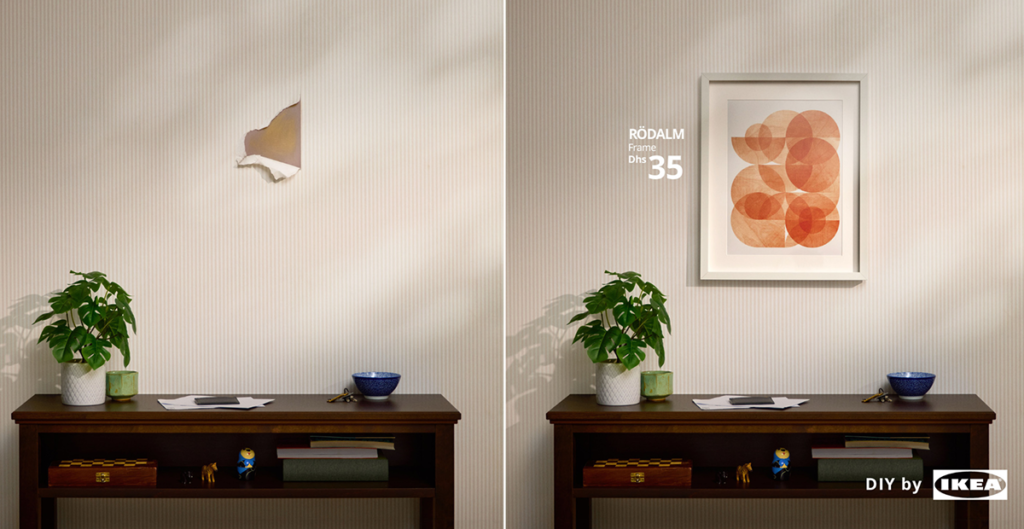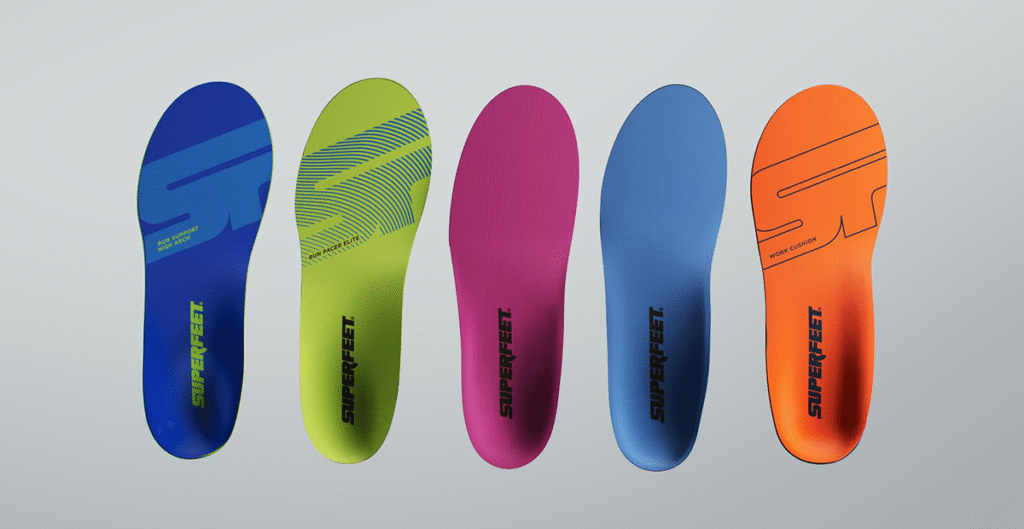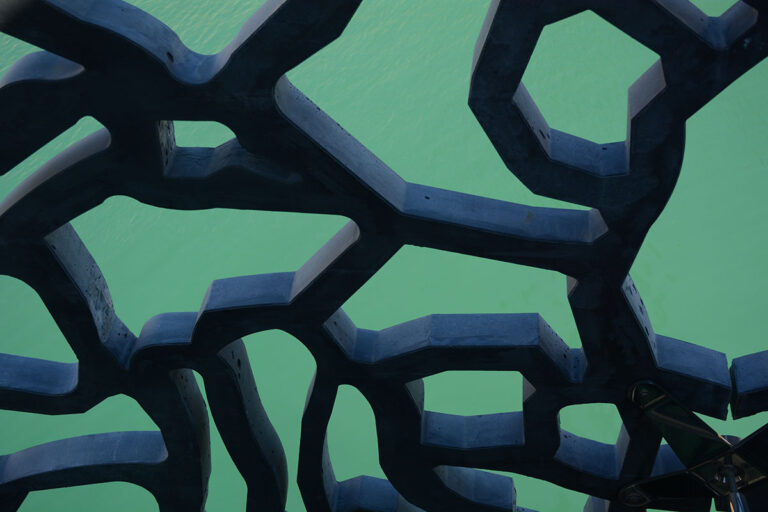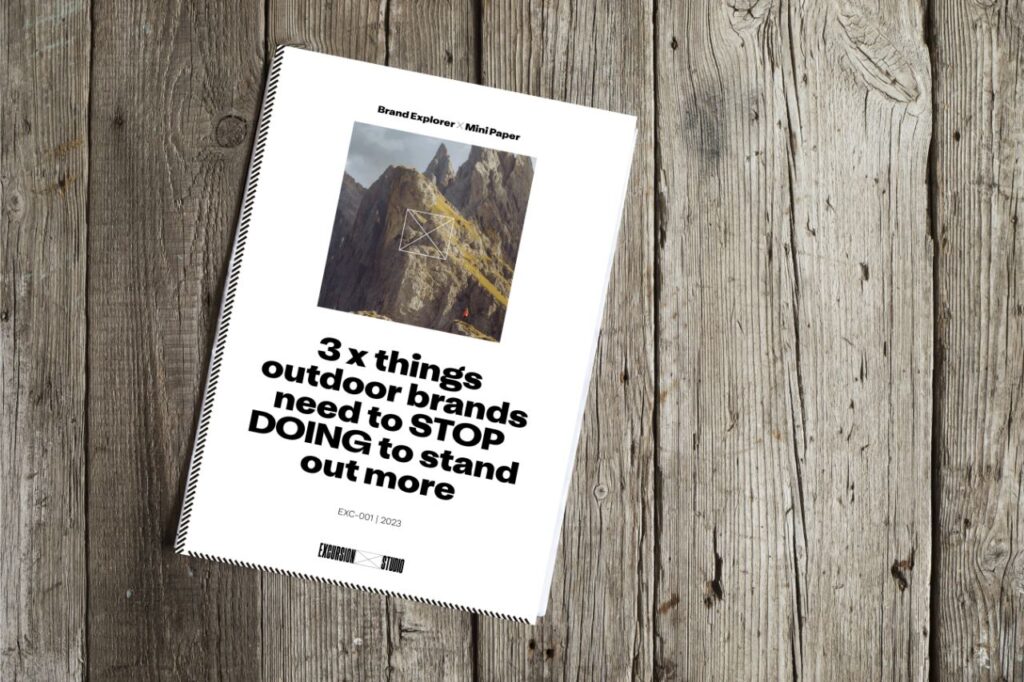Peeling paint in the hallway. A mystery dent in the wall. A suspicious coffee stain on the carpet. For most, the response isn’t a call to action, it’s a clever sidestep.
A shift of the hallway cupboard. Hanging a frame just a little lower than usual. Moving the rug to cover that stain.
Because when it comes to home repairs, we’re often more comfortable masking imperfections than grabbing the toolbox. Fixing feels costly, sometimes in cash, sometimes in confidence.
That’s the quiet truth IKEA taps into with its latest campaign: DIY by IKEA.
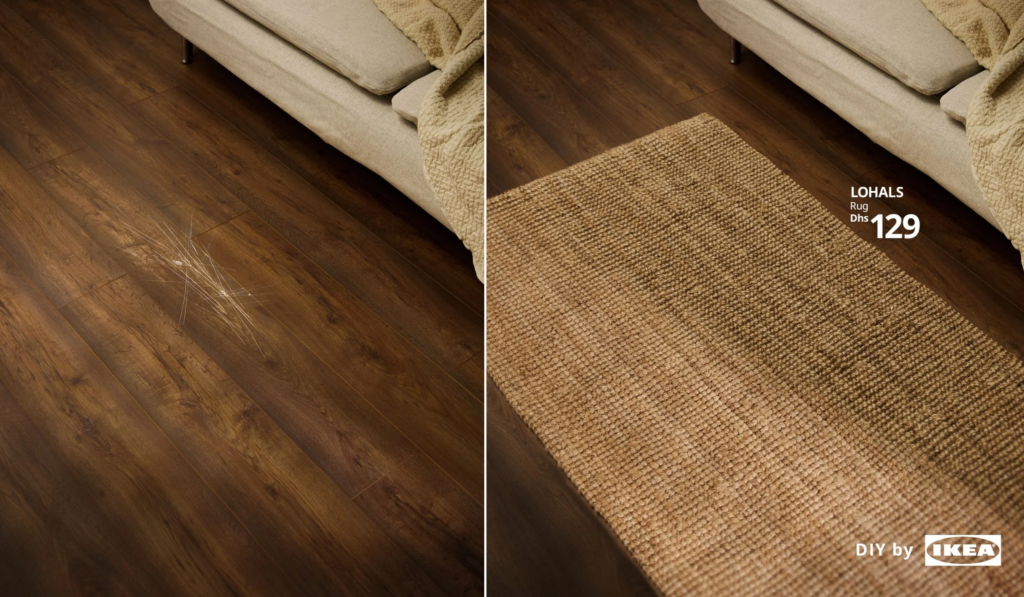
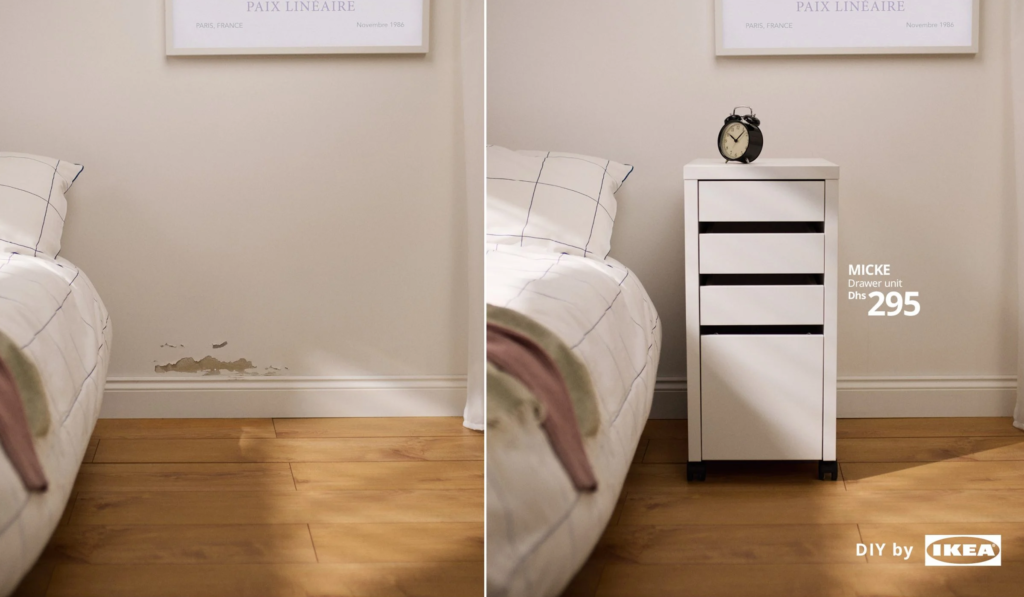
Rather than pushing people to roll up their sleeves and channel their inner builder, IKEA flips the script.
It asks: What if home improvement didn’t have to mean tools, sweat, or stress? What if ‘doing it yourself’ was more about smart fixes than full-on renovations?
The campaign doesn’t shy away from the scuffed, stained, and slightly sad parts of our homes. In fact, it celebrates them, a call to action to transform them into stylish features using IKEA’s affordable, design-forward products.
A nail hole in the wall? The perfect place to hang that family photo. That worn patch on the carpet? Make it the place for a new coffee table. A dated cabinet door? Who says you can’t turn it into a DIY chalkboard for the kids?
The campaign’s brilliance lies not in a big promise, but a quiet one: your home doesn’t have to be perfect to feel good. You don’t have to fix everything to feel in control.
And in a time when repair services are becoming pricier and our DIY confidence isn’t exactly peaking, that message feels not only clever, but compassionate.
It’s a rare case of a brand understanding not just how people live, but how they cope. IKEA isn’t selling furniture here; it’s selling relief. A way to feel better about your space without overhauling it. A wink to every renter who isn’t allowed to drill. A nod to every homeowner who swears they’ll patch that hole “next weekend.”
So maybe it’s time to stop hiding the flaws and start styling around them. Because sometimes the best kind of DIY isn’t about fixing what’s broken. It’s about reimagining what’s already there.

